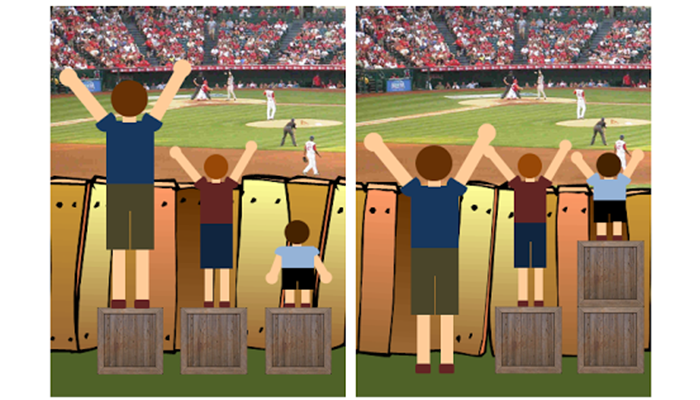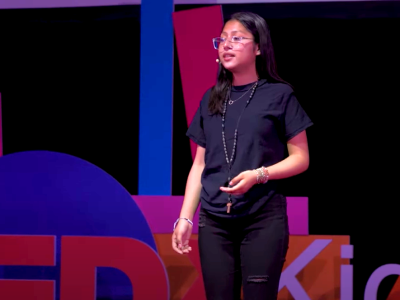Designing for Equity
Addressing Equity Issues in Personalized, Competency-Based Learning
Topics

Together, educators are doing the reimagining and reinvention work necessary to make true educational equity possible. Student-centered learning advances equity when it values social and emotional growth alongside academic achievement, takes a cultural lens on strengths and competencies, and equips students with the power and skills to address injustice in their schools and communities.
Central to competency education is the dedication and commitment to serve all students – regardless of their different abilities, learning challenges, and family lives.
This post originally appeared on CompetencyWorks.
Innovators and early adopters of competency education want to do right by kids. This means being empowered to make decisions that are based on the educational and developmental needs of students – not responding to policies created at the federal, state, or district level. The vision of personalized education is that every student will be able to engage in meaningful and highly engaging learning experiences—with the right mix of instructional supports when they need it—so that everyone is successful. Failure is not an option; it’s just part of the learning process.
However, my stomach turns when I hear these very same incredible education leaders dismiss equity because “every student is getting what they need.” We need to have the courage to confront equity issues head-on in new learning models, and we need to intentionally guard against implementation strategies that create or reinforce barriers for students.
To address this need, we are kicking off a blog series that tackles the equity issues that often arise in personalized, competency-based and blended learning. The series will include the following topics:
- How competency education drives equity;
- How misconceptions about competency education could undermine equity;
- Tackling issues of equity in personalized learning;
- Tackling issues of equity in blended learning;
- Ways to eliminate attribution error on the path to equity in competency-based systems;
- How blended districts can implement a competency-based structure; and
- Using flexible time to design higher and deeper learning.
Are there other issues or perspectives that we need to consider in thinking about equity? We’d love to hear your thoughts to make sure that we are comprehensive.
Central to the core of competency education is the dedication and commitment to serve all students—regardless of their different abilities, learning challenges, and family lives. By transforming toward a competency-based system and personalizing each student’s education, we are creating a system that aligns to the specific needs of each student while ensuring they all meet the same learning outcomes needed to be ready for college and careers. Educators and leaders implement these models to create a more equitable system to serve all students. Stay tuned for more in the upcoming blog series.
How do you ensure equity is at the heart of your school and district models? We look forward to hearing your thoughts in the comments below.
We can learn from our colleagues around the country about serving special populations of students that have been historically under-served. For example:
- Carroll Gardens on special education
- Bronx International on English language learners
- EPIC North on young men of color
- Apex on over-age, under-credited kids
For more information:




